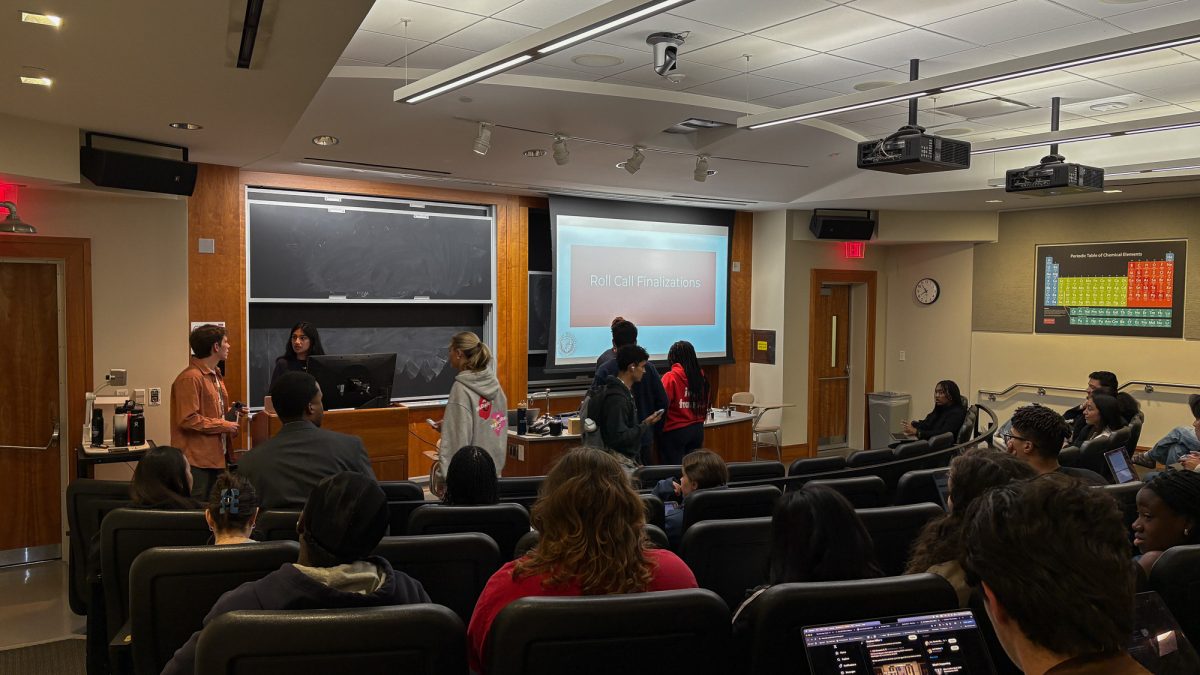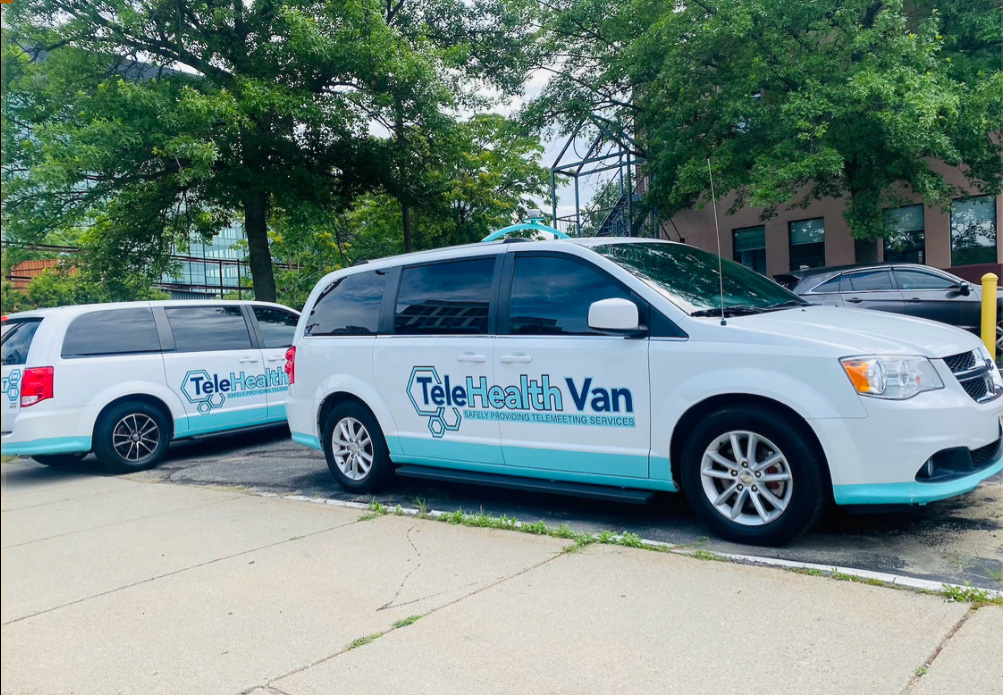The summer before my senior year of high school, I vividly remember staying up the night of June 25 to watch a live feed of the Texas Senate. I wasn’t even in Texas (my home state) at the time — I watched on my computer in Minnesota, joining 200,000 other viewers online and the roughly 2,000 that filled the Senate chamber to watch Sen. Wendy Davis filibuster Senate Bill 5.
Because of Davis’ remarkable efforts (and the efforts of the people in the chamber screaming in protest at the eleventh hour), the bill did not pass that night. However, then-Texas Gov. Rick Perry would push it through a special session a few weeks later to pass it under the name with which you might be familiar: House Bill 2, one of the most restrictive abortion laws in the country.
The law, under the guise of “protecting” women’s health, closed 24 of the state’s 41 abortion clinics and threatened to close over half of the 17 remaining, if the U.S. Supreme Court had not intervened in June to temporarily halt parts of the law. HB2 demands all abortion clinics must meet the same set of standards as “ambulatory surgical centers” and that doctors performing abortions must have admitting privileges at nearby hospitals. Any that do not (read: most of them) must close.
How do these provisions help women’s health? Your guess is as good as mine. Most of the ambulatory surgical center requirements have to do with building schematics more than anything else — hallways must be wide enough to fit a gurney and air flow systems must be similar to those of a hospital. These are incredibly costly upgrades for clinics where a significant portion of care is handing out pills. And for when more than a pill is needed, the American Congress of Obstetricians and Gynecologists and the American Medical Association have both said these facility upgrades are unnecessary.
Statistically, an abortion is one of the safest medical procedures. Less than .05 percent result in major complications, if performed in a doctor’s office. Self-induced abortion is where it potentially gets very dangerous. And according to a study performed by the Texas Policy Evaluation Project, the new law might be contributing to an increase in self-induced abortions.
According to the study, between 100,000 and 240,000 women in Texas have tried to induce an abortion. When researchers asked the women why they chose to attempt an abortion on their own, many of them cited a lack of access to proper facilities. This was an especially prevalent problem for women of lower socioeconomic standing. Thanks to the HB2 law, the average Texas county is now 111 miles from the nearest clinic. Women have to account for travel costs and the unavailability of the now-overloaded clinics. Because of the nature of the procedure and the shame associated with it, this statistic might also be a low estimate — of the women surveyed, “1.7 percent said they had performed an abortion on themselves,” but when asked about their best friend, 4.1 percent said she had or “suspected she had.”
The Supreme Court has decided to hear arguments on whether or not the first part of the HB2 law puts an unconstitutional “undue burden” on women’s access to healthcare. This will be the first major case the Court has heard on abortion since 2007. Speculation is already in full force, as many think Justice Anthony Kennedy will be the swing vote who decides this issue in a court with heavily partisan opinions on abortion.
If there’s one thing I’ve learned from watching protests and going to family dinners, it’s that abortion is one of the most polarizing issues there is. It’s probably useless to tell people to put aside their personal feelings on it when a vocal chunk of the population considers it “murder,” but Texas is proof that eliminating proper abortion care simply creates a public health crisis.
As the saying goes, abortion restrictions don’t get rid of all abortions, just the safe ones. However, I would amend that to saying abortion restrictions have potential to cause more abortions, seeing as the clinics that closed in Texas also provided contraceptive services — services that would eliminate the need for an abortion in the first place. Try throwing that one at your relatives this Thanksgiving. Let me know how it goes.














































































































